- No products in the cart.
Trazhenta tab n / 5mg film about 30 pc
$40.25
Trazhenta tab n / 5mg film about 30 pc
Description
Composition
Active substance:
1 tablet contains: linagliptin – 5 mg ;.
Excipients:
Mannitol – 130.9 mg pregelatinized starch – 18 mg maize starch – 18 mg, copovidone – 5.4 mg magnesium stearate – 2.7 mg; film coating: Opadray® pink (02F34337) – 5 mg (hypromellose 2910 – 2.5 mg titanium dioxide (E 171) – 1.25 mg talc – 0.875 mg macrogol 6000 – 0.25 mg iron oxide red dye (E 172) – 0.125 mg).
Description:
Round biconvex with bevelled edges tablets, film-coated light red, engraved with the company symbol on one side and «D5» engraved on the other side of the tablet.
Product form:
Tablets, film-coated 5 mg.
7 tablets in the blister of Al / Al. 2, 4 or 8 blisters with instructions for use in a cardboard box.
10 tablets in blister. 3 blisters with instructions for use in a cardboard box.
Contraindications
Hypersensitivity to any component of the formulation;
Diabetes mellitus type 1;
Diabetic ketoacidosis;
Pregnancy and lactation;
Children up to age 18 years.
Carefully
Pancreatitis in history;
Patients older than 80 years;
Use in combination with a sulfonylurea and / or insulin.
Dosage
5 mg
Indications
Type 2 diabetes mellitus: as monotherapy – in patients with inadequate glycemic control only on the background of diet and exercise, metformin intolerance or contraindication to its use as a result of renal failure;
as a two-component combination therapy with metformin, a sulfonylurea or a thiazolidinedione derivatives in the case of poor diet, exercise, and these drugs alone;
as a three-component combination therapy with metformin and sulfonylurea in the case of poor diet, exercise, and combination therapy with these drugs; as a combination therapy with the two-component or multicomponent insulin therapy with insulin and metformin and / or pioglitazone and / or sulfonylureas in the case of poor diet, exercise, and combination therapy with these drugs.
Interaction with other drugs
Evaluation of drug interactions in vitro: linagliptin is a weak competitive inhibitor of isozyme CYP3A4. Linagliptin not inhibit other isozymes CYP and not their inducer. Linagliptin is a substrate for P-glycoprotein (P-gp) and to a small extent inhibits P-glycoprotein mediated transport of digoxin.
Evaluation of drug interactions in vivo: linagliptin no clinically significant effect on the pharmacokinetics of metformin, glibenclamide, simvastatin, pioglitazone, warfarin, digoxin, and oral contraceptive preparations that shown in the conditions in vivo, and is based on a low capacity linagliptina cause drug interactions with substrates for CYP3A4, CYP2C9, CYP2C8, P-glycoprotein transport molecules and organic cations
Metformin. The combined use of metformin (a multiple dose daily intake of 850 mg 3 times a day) and linagliptina 10 mg 1 time per day (above therapeutic dose) to healthy volunteers did not lead to clinically meaningful changes in pharmacokinetics linagliptina or metformin. Thus, linagliptin is not an inhibitor of transport of organic cations.
Sulfonylureas. Pharmacokinetics linagliptina (5 mg) was not altered when combined with glibenclamide (glyburide single dose of 1.75 mg) and linagliptina multiple dose administration (5 mg). However noted clinically insignificant decrease AUC and Cmax values glibenclamide 14%. Since glibenclamide metabolized primarily CYP2C9, these data also support the conclusion that linagliptin not an inhibitor of CYP2C9. Not clinically significant interactions are expected with other sulfonylureas (eg, glipizide, and glimepiride) which, like glibenclamide, are mainly metabolized by the CYP2C9.
Thiazolidinediones. The combined use of several doses linagliptina 10mg daily (higher than therapeutic doses) and pioglitazone 45 mg per day (multiple dose) which is a substrate for CYP2C8 and CYP3A4, had no clinically significant effect on the pharmacokinetics linagliptina or pioglitazone or active metabolites of pioglitazone . This indicates that in vivo linagliptin is not an inhibitor of metabolism mediated CYP2C8, and confirms the conclusion of no significant inhibitory effect in vivo on linagliptina CYP3A4.
Ritonavir. Combined use linagliptina (a single dose of 5 mg orally) and ritonavir (multiple dose 200 mg orally), the active inhibitor P- glycoprotein (P-gp) and isoenzyme CYP3A4, increased AUC and Cmax values linagliptina approximately 2-fold and 3 times, respectively. However, these changes linagliptina pharmacokinetics were not considered significant. Therefore, clinically significant interaction with other inhibitors of P-glycoprotein and CYP3A4 is not expected to change and the dose is not required
Rifampicin. Multiple joint application linagliptina and rifampicin, the active inductor of P-glycoprotein and isoenzyme CYP3A4, decreased the AUC and Cmax values linagliptina respectively 39.6% and 43.8%, and to reduce the basal activity of inhibiting dipeptidyl peptidase-4, approximately at thirty %. Thus, it is expected that the clinical efficacy linagliptina, used in combination with active inducers of P-glycoprotein, will be maintained, although it may not be manifested fully.
Digoxin. Joint repeated application in healthy volunteers linagliptina (5 mg daily) and digoxin (0.25 mg per day) had no effect on the pharmacokinetics of digoxin. Thus, in vivo linagliptin is not an inhibitor of transport mediated by P-glycoprotein.
Warfarin. Linagliptin, are repeatedly applied at a dose of 5 mg per day did not alter the pharmacokinetics of warfarin, which is a substrate for of CYP2C9, which indicates the absence of linagliptina ability to inhibit CYP2C9.
Simvastatin. Linagliptin, applied repeatedly in healthy volunteers at a dose of 10mg daily (higher therapeutic doses) has minimal effect on the pharmacokinetic parameters of simvastatin, which is a sensitive substrate for CYP3A4. Upon receiving linagliptina 10 mg simvastatin together with that employed in a daily dose of 40 mg for 6 days, the amount of simvastatin AUC increased by 34%, while the Cmax value of – 10%. Thus, linagliptin is a weak inhibitor of metabolism mediated by CYP3A4. Changing the dose at the same time taking with drugs that are metabolized with the participation of CYP3A4, it is not considered appropriate
Oral birth control pills. Combined use linagliptina 5 mg ethinylestradiol with levonorgestrel or did not alter the pharmacokinetics of these drugs.
Overdose
During controlled clinical trials in healthy volunteers single doses linagliptina which reached 600 mg (120 times the recommended dose) were well tolerated. Experience with doses above 600 mg, no. In case of overdose, it is recommended to use conventional measures supporting character, for example, the removal of unabsorbed drug from the gastrointestinal tract, the implementation of clinical monitoring and carrying out symptomatic treatment.
pharmachologic effect
Pharmacological group:
Hypoglycemic agent – dipeptidyl peptidase – 4 inhibitor.
Pharmacodynamics:
Linagliptin is an inhibitor of the enzyme dipeptidyl peptidase-4 (DPP-4), which is involved in the inactivation of incretin hormones – glucagon-like peptide type 1 (GLP-1) and gastric inhibitory polypeptide (GIP). These hormones are rapidly destroyed by the enzyme DPP-4. Both of these incretin involved in maintaining glucose at a physiological level. Basal concentrations of GLP-1 and GIP during the day low, they quickly rise in response to food intake. GLP-1 and GIP increase insulin biosynthesis and secretion from the beta cells of the pancreas at normal or elevated blood glucose concentration. Furthermore, GLP-1 lowers glucagon secretion alpha cells of the pancreas, which leads to a decrease in glucose production in the liver. Linagliptin actively binds to the enzyme DPP-4 (reversible bond), causing a steady increase in the concentration of the incretins, and long-term preservation of their activity. Preparation TRAZHENTA® increases glucose-insulin secretion and lowers glucagon secretion, which leads to the normalization of blood glucose concentration. Linagliptin selectively binds to the enzyme DPP-4 and has a 10,000 fold greater selectivity for DPP-4 in comparison with the enzyme dipeptidyl peptidase-8 or DPP-9 in vitro. In clinical studies, where used linagliptin monotherapy, combination therapy with metformin, a combination therapy with sulfonylureas, combination therapy with insulin, a combination therapy with metformin and a sulfonylurea, combination therapy with pioglitazone, combination therapy with metformin and pioglitazone, combination therapy with metformin compared to glimepiride statistically significant decrease in glycosylated hemoglobin it was proven (HbA1c) and reduce concentration of FPG (fasting plasma glucose).
Application linagliptina in patients with severe renal failure treated with an adequate base hypoglycemic therapy: clinical studies where applied linagliptin in addition to the base hypoglycemic therapy (including insulin, sulfonylureas, glinides or pioglitazone) was proved statistically significant decrease in glycosylated hemoglobin HbA1c (at 0 59% compared to placebo; starting HbA1c value was about 8.2%)
The use of monotherapy linagliptinom and initial combination therapy linagliptinom and metformin in patients with newly diagnosed type 2 diabetes (with severe hyperglycemia): In clinical studies it has been proven that as monotherapy linagliptinom and combination therapy linagliptinom and metformin resulted in a statistically significant reduction glycosylated hemoglobin (HbA1c) of 2.0% and 2.8%, respectively (baseline HbA1c was 9.9% and 9.8%, respectively). Indicator difference in treatment -0.8% (95% CI: -1.1 to – 0.5) makes the initial benefits of combination therapy over linagliptinom and metformin monotherapy linagliptinom (p
Pharmacokinetics:
Pharmacokinetics linagliptina been comprehensively studied when applied to healthy volunteers and patients with type 2 diabetes. In healthy volunteers after receiving linagliptina 5mg it was rapidly absorbed, linagliptina maximum concentration in plasma (Cmax) was reached after 1.5 hours. linagliptina plasma concentration declining three phase. The terminal half-life long, more than 100 hours, which is mainly due to stable binding linagliptina with the DPP-4 enzyme, however, since the coupling reversible, linagliptina accumulation does not occur. The effective half-life after multiple-dose linagliptina 5 mg is approximately 12 hours. In case of receiving linagliptina 5 mg 1 time per day linagliptina stable plasma concentration achieved after the third dose. Linagliptina pharmacokinetics in healthy volunteers and patients with type 2 diabetes was generally similar to that
Absorption: linagliptina absolute bioavailability is about 30%. Receiving linagliptina with food containing a large amount of fat, no clinically significant effect on the pharmacokinetics. In studies in vitro demonstrated that linagliptin is a substrate for P-glycoprotein and isoenzyme CYP3A4. Ritonavir, as a potential inhibitor of P-glycoprotein and isoenzyme CYP3A4, may increase the value of twice the AUC (area under the curve “concentration – time”). Rifampicin as inducer potential P-glycoprotein and isoenzyme CYP3A4, can reduce the AUC value in the period of the equilibrium state pharmacokinetics.
Distribution: volume of distribution following single intravenous linagliptina 5 mg to healthy volunteers is approximately 1,110 liters, which indicates the intensity distribution in the tissues. linagliptina Plasma protein binding is concentration dependent and is at a concentration of 1 nmol / l, about 99%, and at a concentration greater than 30 nmol / l – 75-89%, which reflects the saturation binding linagliptina with DPP-4 with increasing concentration. At high concentrations, when there is full saturation DPP-4, 70-80% linagliptina binds to other plasma proteins (not a DPP-4) and 30-20% linagliptina is in the unbound state in plasma.
Metabolism: about 5% linagliptina excreted by the kidneys. Metabolized small part linagliptina. Metabolism plays a minor role in the removal of linagliptina. Known linagliptina one major metabolite, which does not possess pharmacological activity.
Withdrawal: removing preferential path – through the intestines. 4 days after oral administration of the labeled linagliptina [14C] in healthy volunteers excreted about 85% of the dose (80% through the intestines and kidneys 5%) at a creatinine clearance of about 70 ml / min.
Pharmacokinetics in special patient groups
Renal insufficiency: patients with mild renal impairment (creatinine clearance (CC) 50 to
Hepatic impairment: Patients with mild y, moderate and severe hepatic impairment (Child classification-Pugh) mean AUC and Cmax values linagliptina after repeated use at a dose of 5 mg were similar to the corresponding values at comparable healthy subjects. Changes linagliptina dosing in patients with mild, moderate and severe hepatic impairment is not required.
Body Mass Index (BMI): linagliptina dosing changes depending on the BMI is not required.
Gender: linagliptina dosing changes based on gender is not required
Elderly patients: Dosage linagliptina changes depending on age is not required as age did not have a clinically meaningful effect on the pharmacokinetics linagliptina according to the population pharmacokinetic analysis conducted in clinical studies. As elderly patients (age 65-80 years) and younger patients linagliptina plasma concentrations were comparable
Children: the pharmacokinetics linagliptina in children has not been studied.
Race: linagliptina dosing changes based on race is required. Race has no significant effect on the concentration of plasma linagliptina according to a combined analysis of pharmacokinetic data obtained in Caucasian patients, patients of Hispanic, African-Americans and patients of Asian race. In addition, it was found similarities in pharmacokinetic characteristics linagliptina special studies conducted in healthy volunteers Caucasians and people of Japan and China, as well as African-American patients with type 2 diabetes.
Pregnancy and breast-feeding
Application linagliptina during pregnancy is contraindicated. Application linagliptina during breast-feeding is contraindicated. The data obtained in preclinical studies in animals indicate penetration linagliptina and its metabolite in breast milk. Not ruled out the risk of exposure to newborns and children through breastfeeding. If necessary, use linagliptina during breast-feeding, breast-feeding should be discontinued.
Conditions of supply of pharmacies
On prescription.
side effects
The frequency of side effects while taking linagliptina 5 mg was similar incidence of side effects with placebo. Discontinuation of therapy due to adverse events was higher in patients treated with placebo (4.3%) than in the group treated with linagliptin 5 mg (3.4%). Adverse reactions observed in patients treated with linagliptin as monotherapy and combination therapy with other hypoglycemic agents in the placebo-controlled trials are presented below in Table (unwanted reactions were classified according to organs and systems in accordance with preferred in MedDRA terminology) indicating their absolute frequencies
frequency categories are defined as follows: very often (> 1/10), often (by> 1/100 to
special instructions
TRAZHENTA® drug is contraindicated in patients with type 1 diabetes or for the treatment of diabetic ketoacidosis.
hypoglycemia
The incidence of hypoglycemia when used linagliptina as monotherapy was comparable to placebo. In clinical studies have reported that the incidence of hypoglycemia in the case of linagliptina in combination with drugs that are believed to not cause hypoglycemia (metformin, thiazolidinedione derivatives), was similar to the corresponding placebo. Sulfonylureas and insulin are known to cause hypoglycaemia. Therefore, in the case of linagliptina in combination with a sulfonylurea and / or insulin caution. If necessary, the dose may be reduced sulfonylureas or insulin. Применение линаглиптина не увеличивает риск развития сердечно – сосудистых заболеваний. Линаглиптин в комбинированной терапии с другими пероральными гипогликемическими препаратами применялся у пациентов с тяжелой почечной недостаточностью. Линаглиптин обеспечивал значительное снижение концентрации гликозилированного гемоглобина и концентрации глюкозы натощак. Коррекции дозы при применении у пациентов с нарушениями функции почек, печени и у пожилых пациентов не требуется
Применение линаглиптина у пациентов старше 70 лет
Применение линаглиптина приводило к значимому снижению гликозилированного гемоглобина (HbA1c) (на 0,64 % по сравнению с плацебо; исходное значение HbA1c составляло около 7,8 %). Применение линаглиптина также приводило к существенному уменьшению концентрации глюкозы в плазме натощак (ГПН). Однако, клинический опыт у пациентов старше 80 лет ограничен, поэтому лечение таких групп пациентов необходимо проводить с осторожностью.
Кардиоваскулярный риск
Лечение линаглиптином не приводит к увеличению кардиоваскулярного риска. Первичная конечная точка (комбинация частоты возникновения или времени, проходившего до первого возникновения кардиоваскулярной смерти, нефатального инфаркта миокарда, нефатального инсульта или госпитализации в связи с нестабильной стенокардией) достигалась у пациентов, получавших линаглиптин, незначительно реже, чем в объединенной группе пациентов, получавших активные препараты сравнения и плацебо (относительный риск 0,78; 95 % доверительный интервал 0,55; 1,12).
Постмаркетинговый опыт применения:
У пациентов, принимающих линаглиптин, были зафиксированы случаи острого панкреатита. В случае подозрения на панкреатит прием препарата должен быть отменен
Effect on the ability to drive mechanisms and
Исследований влияния препарата на способность управлять транспортными средствами и механизмами не проводилось. Однако в связи с возможным развитием гипогликемии (которая может проявляться в виде головной боли, сонливости, слабости, головокружения, спутанности сознания, раздражительности, голода, учащенного сердцебиения, потливости, панических атак), особенно при приеме линаглиптина в комбинации с производными сульфонилмочевины и/или инсулином, необходимо соблюдать осторожность при управлении транспортными средствами и механизмами.
Storage conditions
At a temperature of not higher than 25 C.
Keep out of the reach of children.
Dosing and Administration
Рекомендуемая доза составляет 5 мг (1 таблетка) 1 раз в день, внутрь. При назначении в дополнение к метформину, линаглиптин принимают одновременно с метформином, сохраняя ранее назначенную дозу метформина. В случае применения линаглиптина в комбинации с производными сульфонилмочевины и/или инсулином возможно снижение дозы производных сульфонилмочевины или инсулина для уменьшения риска развития гипогликемии. Препарат ТРАЖЕНТА® может приниматься независимо от приема пищи в любое время дня
Действия при пропуске приема одной или нескольких доз лекарственного препарата:
При пропуске дозы, пациенту следует принять препарат, как только он об этом вспомнит. Не следует принимать двойную дозу в один день.
Special patient groups
Для пациентов с почечной недостаточностью коррекция дозы линаглиптина не требуется.
Для пациентов с нарушением функции печени коррекции дозы линаглиптина не требуется, однако клинический опыт у таких пациентов недостаточен.
Для пациентов пожилого возраста коррекции дозы не требуется. Однако, клинический опыт у пациентов старше 80 лет ограничен, поэтому лечение таких групп пациентов необходимо проводить с осторожностью.
Information
Appearance may differ from that depicted in the picture. There are contraindications. You need to read the manual or consult with a specialist
Additional information
| Weight | 0.100 kg |
|---|---|
| Manufacturer | Behringer |

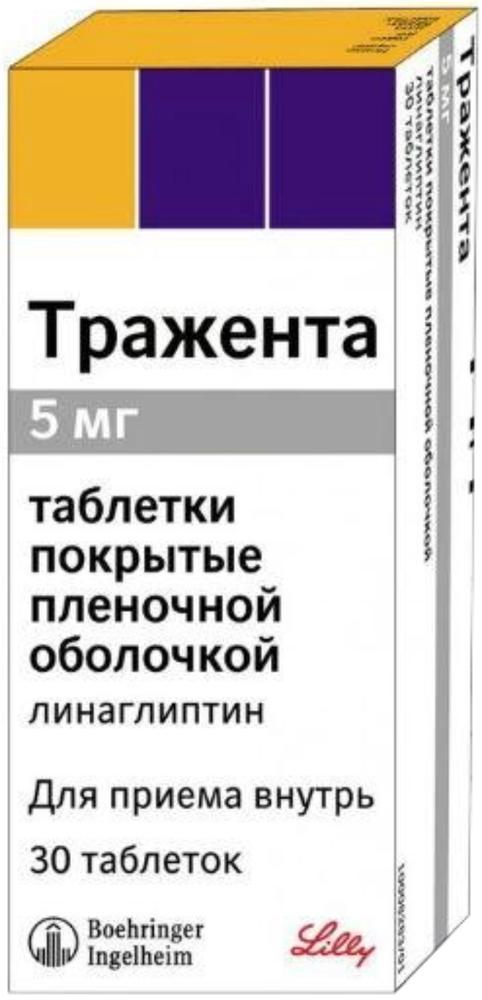
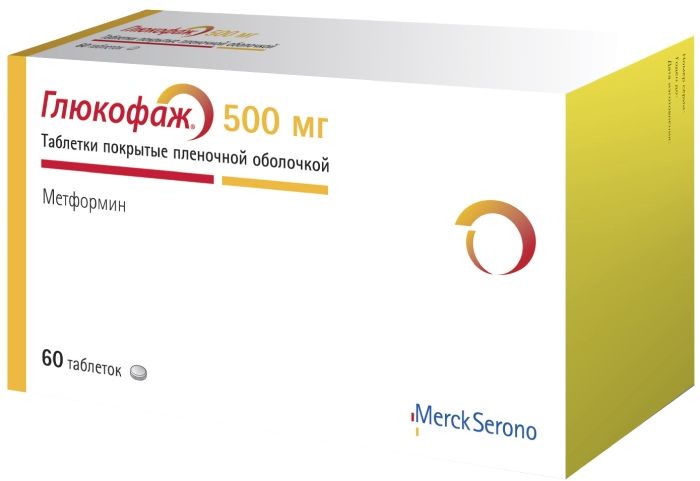
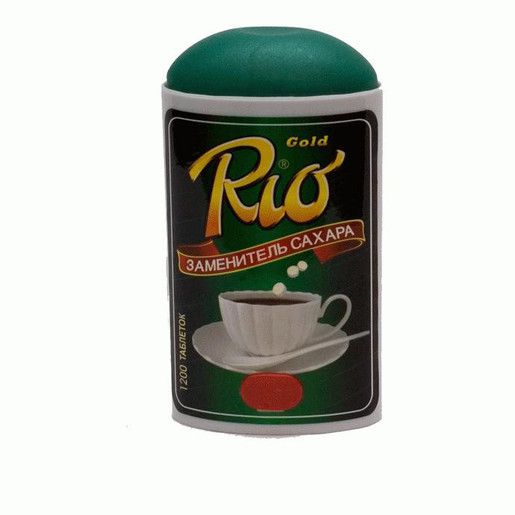



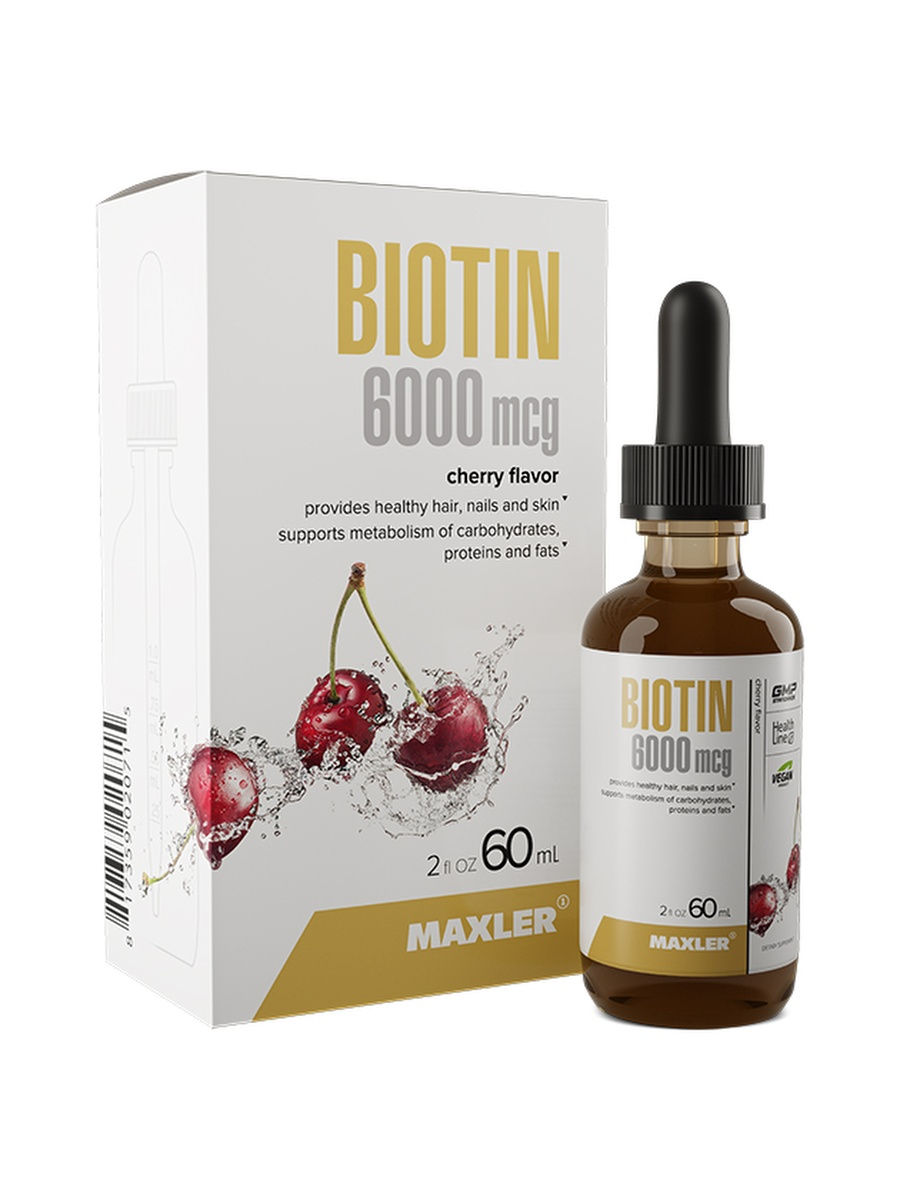
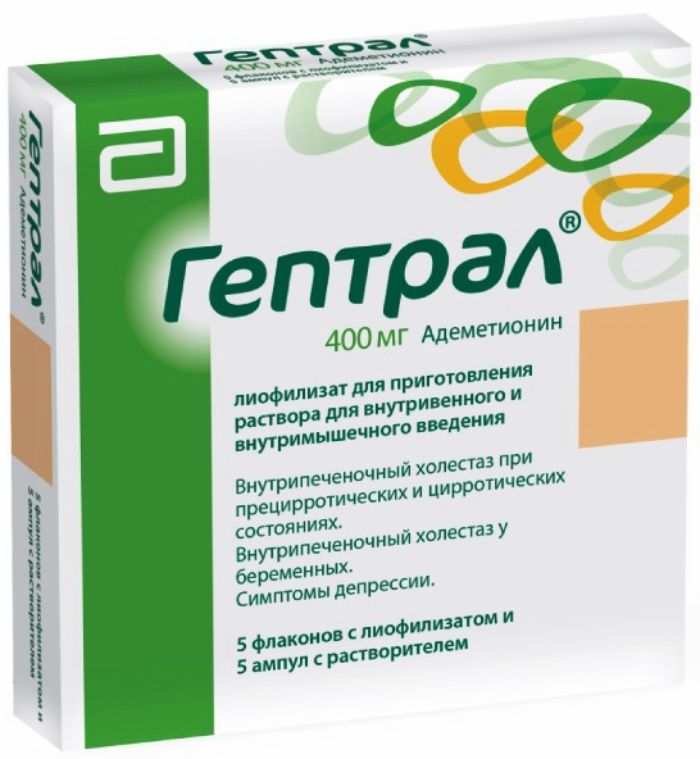





There are no reviews yet.